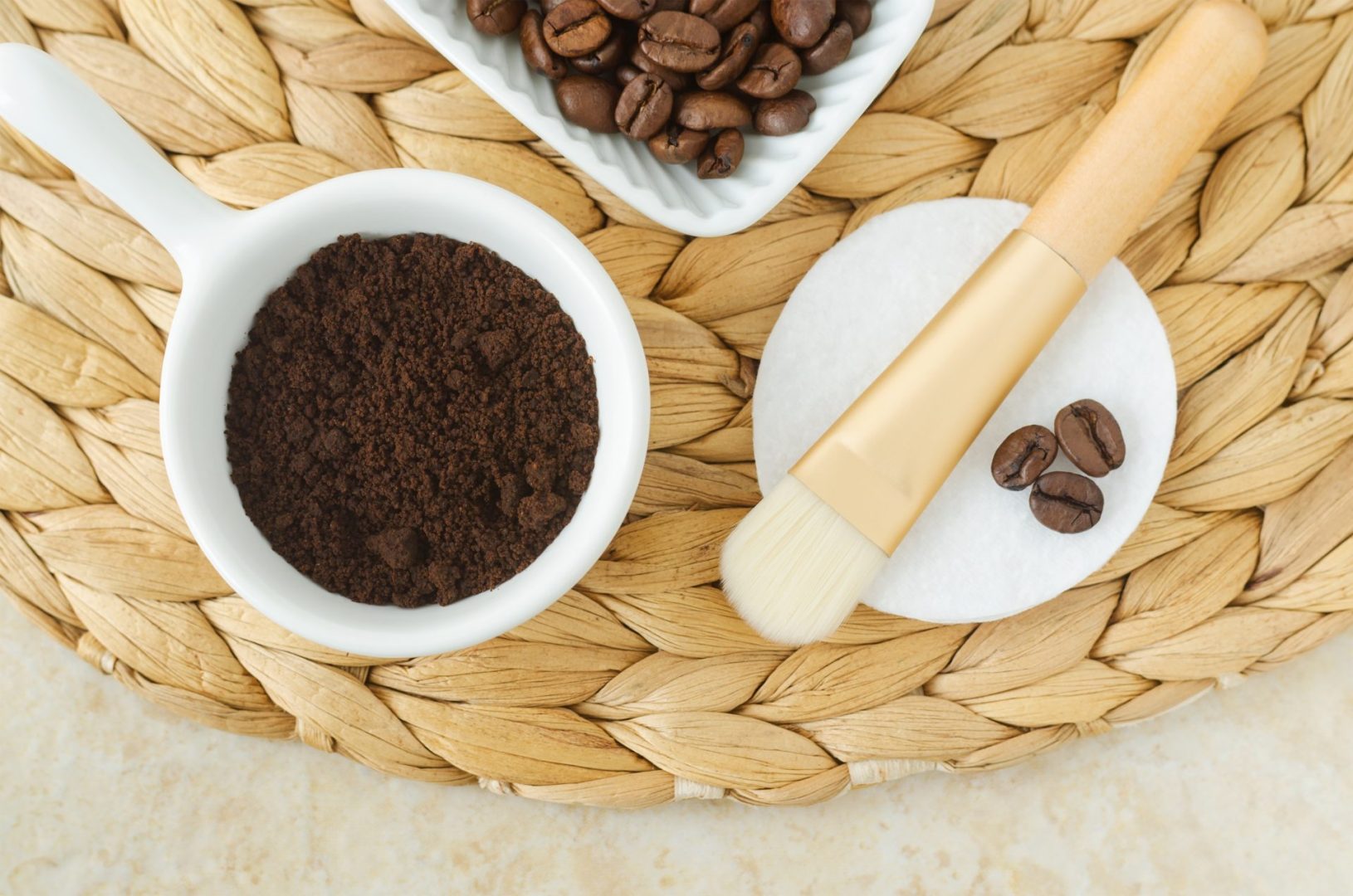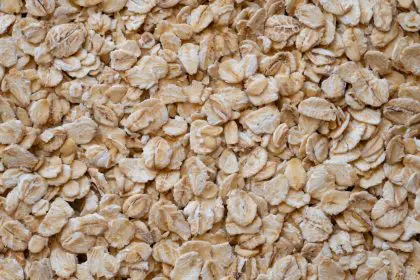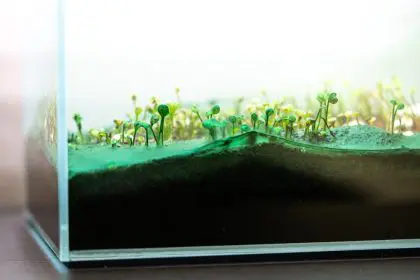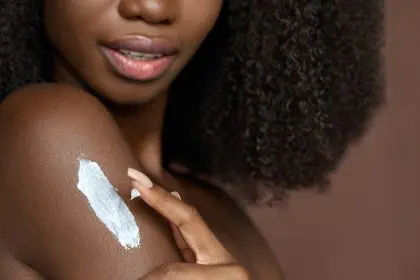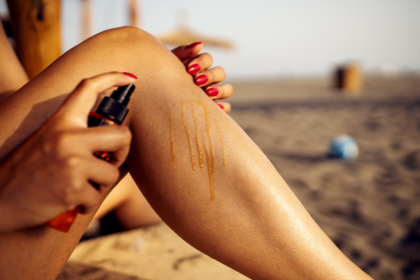The beauty world has embraced an unexpected powerhouse combination that’s taking skincare routines by storm. Collagen and coffee, two ingredients that seem more suited for your morning routine than your vanity table, are revolutionizing how people approach facial treatments at home. These DIY collagen coffee masks promise to deliver professional-grade results without the hefty price tag or time commitment of spa visits.
Coffee grounds contain natural caffeine that stimulates blood circulation, while collagen provides the structural protein your skin craves to maintain elasticity and firmness. When combined, these ingredients create a potent treatment that addresses multiple skin concerns simultaneously. The gentle exfoliation from coffee grounds removes dead skin cells, revealing fresher skin underneath, while the collagen works to plump and tighten facial contours.
The science behind collagen coffee combinations
Understanding how these ingredients work together reveals why this trend has gained such momentum in the skincare community. Caffeine naturally constricts blood vessels, which can temporarily reduce puffiness and create a tightening effect on the skin’s surface. This immediate response gives users visible results that can last several hours after treatment.
Collagen, meanwhile, serves as the building block for skin structure. As we age, natural collagen production decreases, leading to sagging skin and fine lines. Topical collagen applications may not penetrate deeply into the skin, but they can provide temporary plumping effects and help maintain moisture levels in the upper skin layers.
The combination creates a dual-action treatment that addresses both immediate cosmetic concerns and longer-term skin health goals. The physical exfoliation from coffee grounds promotes cell turnover, encouraging the skin to regenerate more quickly and maintain a youthful appearance.
Essential ingredients for your DIY arsenal
Creating effective collagen coffee masks requires selecting the right base ingredients that complement each other without causing irritation. The foundation starts with finely ground coffee, preferably organic and free from artificial additives that might irritate sensitive skin. Fresh grounds work better than used ones because they retain more of their beneficial oils and caffeine content.
Collagen powder serves as the protein component, and marine-derived collagen tends to have smaller molecules that may absorb better into the skin. Bovine collagen offers another option, though it typically has larger molecules that primarily work on the skin’s surface level.
Supporting ingredients enhance the mask’s effectiveness and make application smoother. Natural honey acts as a humectant, drawing moisture into the skin while providing antibacterial properties. Coconut oil offers healthy fats that nourish the skin barrier, while aloe vera gel provides soothing properties that calm any potential irritation from the coffee’s acidity.
Additional boosters can customize masks for specific skin types. Oatmeal adds gentle exfoliation for sensitive skin, while clay ingredients help control excess oil production for those with combination or oily skin types.
Recipe 1: Classic tightening blend
This foundational recipe combines equal parts finely ground coffee and collagen powder, creating a balanced treatment suitable for most skin types. Mix two tablespoons of fresh coffee grounds with two tablespoons of collagen powder, then add enough honey to create a paste-like consistency that spreads easily without dripping.
The application process requires gentle circular motions, starting from the center of the face and working outward. Avoid the delicate eye area where the skin is thinner and more prone to irritation. Allow the mask to sit for fifteen to twenty minutes, giving the caffeine time to work its tightening magic while the collagen provides surface-level plumping.
Removal should be done with lukewarm water and gentle massaging motions to take advantage of the coffee grounds’ exfoliating properties. Pat the skin dry rather than rubbing, which can cause irritation and reduce the treatment’s benefits.
Recipe 2: Hydrating coconut fusion
For those with dry or mature skin, this recipe incorporates coconut oil’s moisturizing properties alongside the core coffee and collagen ingredients. Combine two tablespoons of coffee grounds with one tablespoon of collagen powder and one tablespoon of melted coconut oil, mixing until the ingredients form a smooth paste.
The coconut oil provides additional skin-softening benefits while helping the other ingredients adhere better to the face. This combination works particularly well for evening treatments when the skin has more time to absorb the nourishing oils without interfering with makeup application.
Application follows the same gentle circular motion technique, but this recipe may require slightly longer removal time due to the oil content. Using a warm, damp cloth can help dissolve the oils more effectively while still providing the exfoliating benefits of the coffee grounds.
Recipe 3: Aloe vera soothing treatment
Sensitive skin types benefit from this gentler approach that incorporates aloe vera’s calming properties. Mix one tablespoon of finely ground coffee with one tablespoon of collagen powder and three tablespoons of fresh aloe vera gel, creating a smoother consistency that’s less abrasive than other recipes.
The aloe vera reduces potential irritation from the coffee’s natural acidity while still allowing the beneficial ingredients to work effectively. This recipe works well for those new to coffee-based skincare treatments or anyone concerned about sensitivity reactions.
The cooling effect of aloe vera also enhances the tightening sensation, creating an immediate feeling of firmness that many users find satisfying. This recipe can be used more frequently than others due to its gentler nature.
Recipe 4: Clay-enhanced oil control
Combination and oily skin types require a different approach that addresses excess sebum production while still providing the tightening benefits of coffee and collagen. This recipe incorporates bentonite clay, known for its oil-absorbing properties and ability to deep-clean pores.
Combine one tablespoon each of coffee grounds, collagen powder, and bentonite clay powder, then slowly add water until reaching the desired consistency. The clay helps draw impurities from the pores while the coffee provides circulation-boosting benefits and the collagen offers firming effects.
This powerful combination may cause slight redness immediately after removal, which typically subsides within an hour. The deep-cleaning action makes this recipe ideal for weekly treatments rather than daily use.
Recipe 5: Anti-aging oatmeal blend
The final recipe targets mature skin with gentle exfoliation and maximum nourishing benefits. Ground oatmeal provides additional exfoliation while being gentler than coffee grounds alone, making this suitable for more frequent use.
Process rolled oats in a food processor until they reach a fine powder consistency, then combine one tablespoon of oat powder with one tablespoon each of coffee grounds and collagen powder. Add enough plain yogurt to create a spreadable consistency, benefiting from the lactic acid’s gentle chemical exfoliation properties.
This recipe works particularly well for those concerned with fine lines and age spots, as the multiple exfoliating agents promote faster cell turnover while the collagen provides temporary plumping effects.
Application techniques and timing
Proper application maximizes the benefits of any collagen coffee mask recipe. Begin with freshly cleansed skin, removing all makeup and surface oils that might prevent ingredient absorption. Steam from a hot shower or warm towel can open pores and enhance the treatment’s effectiveness.
Apply masks in upward strokes, following the natural contours of the face and avoiding the eye area where skin is most delicate. The massaging motion during application provides additional circulation benefits, enhancing the caffeine’s natural effects.
Timing plays a crucial role in achieving optimal results. Most recipes work best with fifteen to twenty-minute application periods, long enough for ingredients to penetrate but not so long that the mixture completely dries and becomes difficult to remove.
Maximizing results and safety considerations
Consistency produces the best long-term results with DIY collagen coffee masks. Weekly treatments allow skin time to recover between applications while maintaining the cumulative benefits of regular exfoliation and collagen exposure.
Patch testing new recipes on a small area of skin helps identify potential sensitivities before full-face application. The inner wrist provides a good testing location that mimics facial skin sensitivity without risking visible reactions.
Storage considerations keep ingredients fresh and effective. Coffee grounds should be used within a few days of grinding to maintain their potency, while collagen powder requires airtight storage in cool, dry conditions to prevent clumping and degradation.
Integration with existing skincare routines
These DIY treatments work best when integrated thoughtfully into established skincare routines rather than replacing existing products entirely. Following mask treatments with gentle moisturizers helps lock in hydration and extend the tightening effects.
Morning applications should be followed by sunscreen, as exfoliation can temporarily increase sun sensitivity. Evening treatments allow skin to recover overnight witout environmental stressors interfering with the healing process.
The transformative power of DIY collagen coffee masks lies in their ability to deliver professional-quality results using accessible ingredients. These five recipes provide options for every skin type and concern, proving that effective skincare doesn’t require expensive products or complicated procedures. With consistent use and proper application techniques, these homemade treatments can become valuable additions to any beauty routine, delivering the firmer, more youthful-looking skin that everyone desires.

